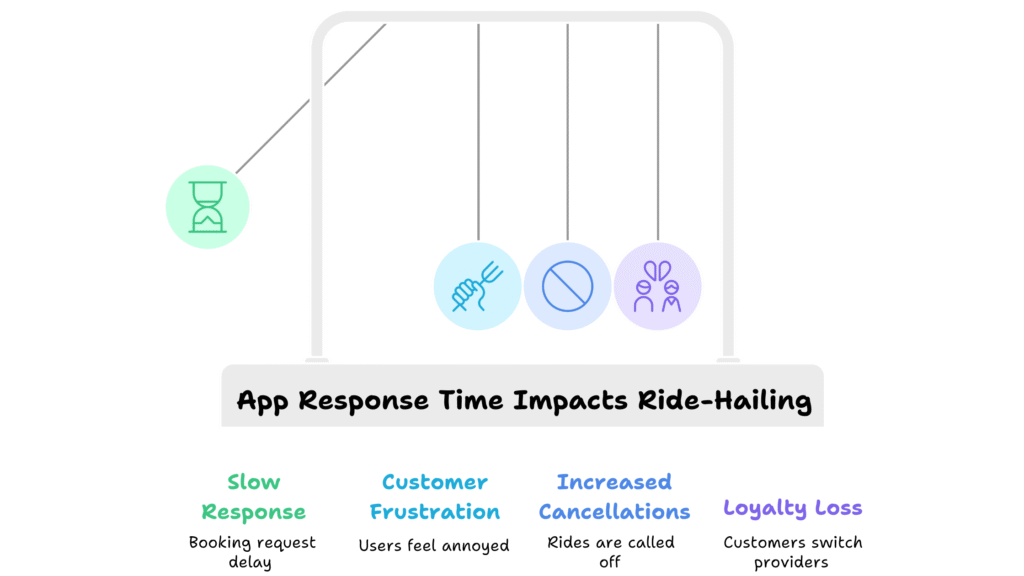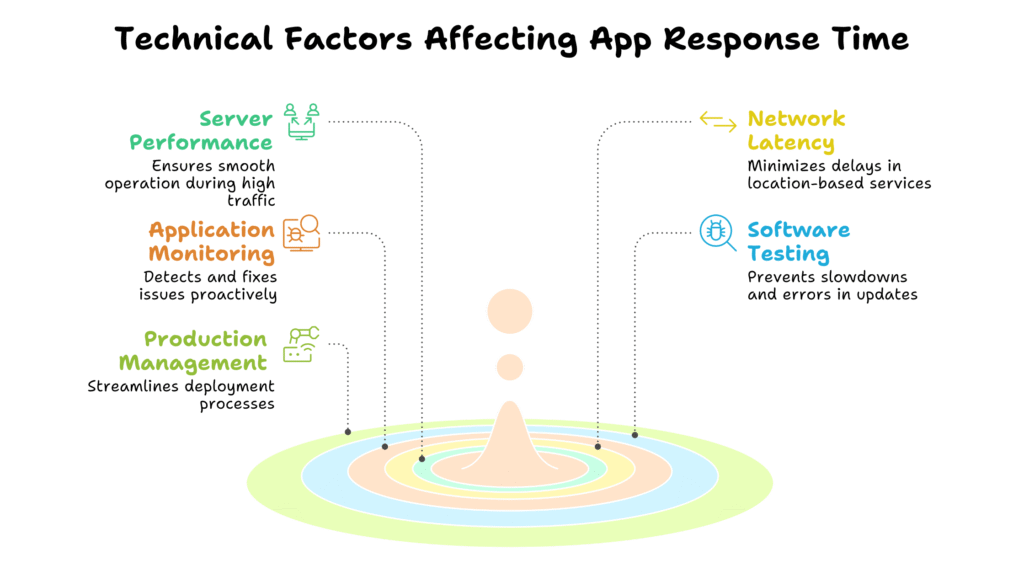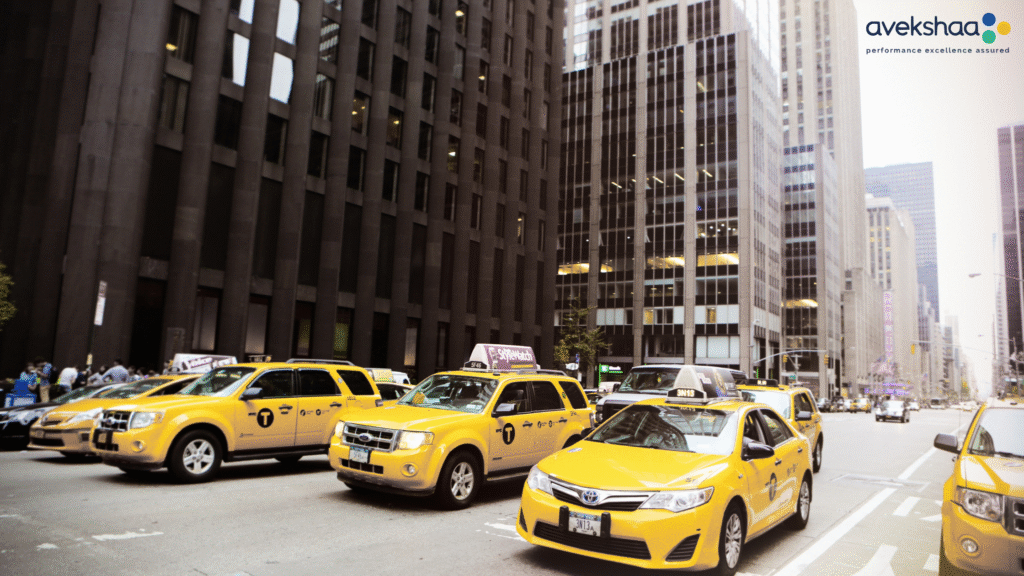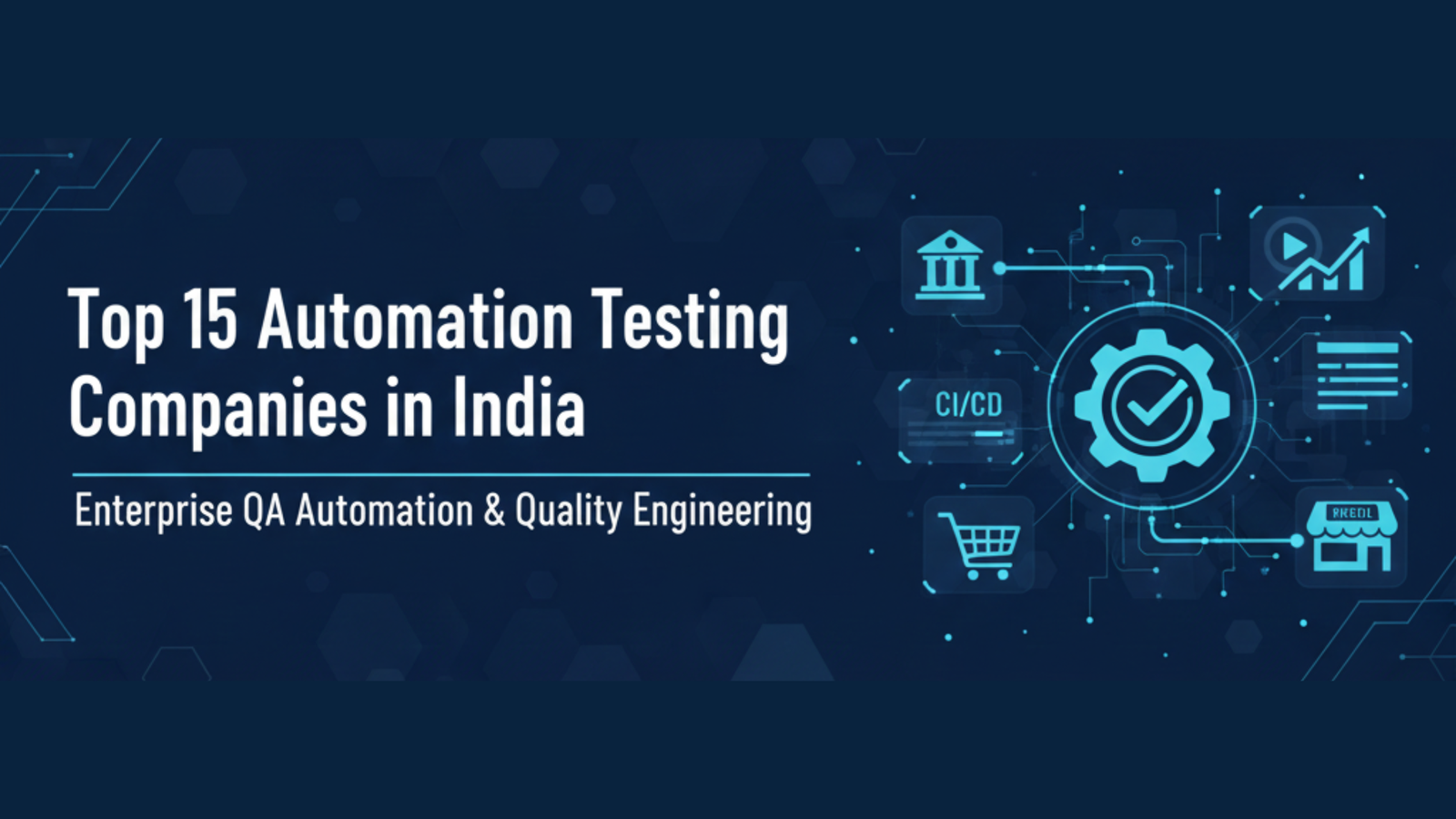The ride-hailing industry has transformed the way people move within cities, creating a highly competitive market where convenience and efficiency drive success.
Customers expect a smooth experience from the moment they open the app to the time they step out of the vehicle. In this fast-paced environment, app response time has emerged as one of the most critical factors that can make or break market leadership.
Even a delay of a few seconds in processing a booking request can cause frustration, cancellations, and loss of loyalty.
For companies in the ride-hailing space, performance is not just about functionality but about speed, reliability, and the ability to deliver a seamless user experience at scale.
Did You Know – According to Similarweb “Within just 30 days of download, only 5.8% of users in the U.S. continue using the Uber app, and an even smaller 5.2% retain Lyft, highlighting a steep drop-off in engagement if users aren’t consistently met with a smooth, responsive experience.”

Understanding the Ride-Hailing App Business Model
The ride-hailing business model revolves around connecting passengers with drivers through a digital platform. The core elements include:
- A mobile application for customers to request rides
- A driver app to receive and respond to ride requests
- A backend system that manages matching, payments, and route optimization
- Payment gateways for smooth transactions
- Customer support and dispute resolution channels
Technology is the backbone of this model, enabling real-time communication between riders and drivers. Every interaction, from selecting a pickup point to processing payment, depends on fast and reliable application performance.
Why App Response Time Matters in Ride-Hailing
In ride-hailing, timing is everything. If a customer opens the app and experiences slow loading or lag when booking a ride, they are likely to switch to another platform. Delays in confirming bookings can result in lost revenue, as riders abandon the process and look for faster alternatives.
A slow app also impacts drivers. If driver notifications are delayed, ride acceptance rates drop, and efficiency suffers. Over time, poor response time reduces driver satisfaction, which can lead to lower availability on the platform.
Fast app performance directly translates into higher booking completion rates, improved ratings, and a stronger brand image. In contrast, even a few seconds of delay can cause measurable losses in such a competitive space.
Competitive Advantage Through Speed
The top players in the ride-hailing market have invested heavily in ensuring their platforms respond quickly under all conditions. They understand that users tend to stay loyal to services that are fast, predictable, and reliable.
Speed impacts several key performance metrics:
- Faster ride confirmations improve user trust and satisfaction
- Reduced cancellations mean higher revenue per day
- Quick updates on driver location enhance the sense of control for passengers
In an industry where switching costs for customers are low, the ability to respond quickly can be the deciding factor between gaining a customer and losing one to a competitor.
Technical Factors Affecting Response Time
Several technical components determine how quickly a ride-hailing app responds:
Server performance and scalability
The ability of backend systems to handle high traffic volumes is critical, especially during peak hours or sudden surges.
Network latency
As ride-hailing depends heavily on location-based services, any lag in communication between the app and the server can cause delays in showing available drivers or calculating fares.
Application performance monitoring
Continuous Application monitoring allows companies to detect and fix issues before they affect end-users.
Software quality testing
Rigorous pre-release testing ensures that updates and new features do not slow down the app or cause unintended errors.
Production management
Smooth deployment processes reduce the chances of performance drops during updates.

Business Risks of Slow Response Times
A slow ride-hailing app creates multiple challenges for business growth and sustainability.
- Loss of revenue due to incomplete bookings and rider cancellations
- Decline in driver retention as inefficient systems reduce earning opportunities
- Negative publicity when users share poor experiences online
- Increased operational costs as customer support teams handle more complaints and disputes
In a market where brand perception can shift rapidly, even temporary performance issues can have lasting consequences.
Case Examples from the Industry
There have been several instances where ride-hailing companies faced service slowdowns or outages, resulting in public dissatisfaction.
For example, during periods of unusually high demand in major cities, some platforms experienced booking delays and location mismatches. Riders reported long wait times, and drivers missed out on potential earnings because of slow notifications.
These cases highlight the importance of being prepared for peak traffic and ensuring systems can adapt in real time without performance drops.
Best Practices to Ensure Fast Response Times
Maintaining optimal app performance requires a proactive and structured approach. Some of the most effective strategies include:
- Continuous application performance testing – Regular testing under simulated peak load conditions helps identify weaknesses in the system before they impact customers.
- Real-time app performance monitoring – Monitoring tools can track speed, detect bottlenecks, and provide alerts when response times degrade.
- Strong production management – Streamlined deployment processes reduce downtime and minimize the risk of performance issues after updates.
- Scalable infrastructure investment – Cloud-based solutions with elastic scaling capabilities allow the app to handle sudden spikes in demand without slowing down.
- Ongoing software quality testing – Frequent and comprehensive testing ensures that every new feature or code update meets performance expectations.
Future Outlook: The Next Generation of Ride-Hailing Performance
The future of ride-hailing technology will likely involve advanced tools that make apps faster and more intelligent. Artificial intelligence and machine learning will enable predictive route matching, while edge computing will process data closer to users, reducing latency.
Proactive quality control will remain essential as platforms evolve. Companies that prioritize speed, stability, and a smooth user experience will be in the strongest position to lead the market.
Conclusion
In the ride-hailing industry, app response time is not just a technical metric. It is a business driver that shapes customer loyalty, brand reputation, and overall profitability.
From faster bookings to smoother driver communication, speed is a competitive advantage that directly impacts market leadership.
Avekshaa Technologies works with businesses to optimize application performance and reliability through advanced application performance management, robust software quality testing, and proactive production management.
By ensuring your app responds instantly, we help you deliver the kind of experience that keeps customers coming back.
If your ride-hailing platform is ready to take the lead in speed and reliability, our team can help you get there.
Frequently Asked Questions
1. Why is app response time critical for ride-hailing platforms?
App response time affects how quickly users can book rides and how efficiently drivers receive requests. Even small delays can cause cancellations, lost revenue, and frustrated users.
2. How does app performance impact driver satisfaction?
Slow notifications and delays can reduce drivers’ earning opportunities and create inefficiencies, leading to lower driver retention and availability.
3. What technical issues commonly cause slow response times in ride-hailing apps?
Common causes include server overload, network latency, inefficient code, and lack of scalable infrastructure during high traffic periods.
4. How can ride-hailing companies monitor app performance effectively?
Using real-time app performance monitoring tools helps detect issues early, enabling quick fixes before users are affected.
5. What role does software quality testing play in improving app response time?
Thorough testing ensures new updates or features do not introduce bugs or slowdowns, maintaining a smooth and fast user experience.
6. How does production management affect app performance?
Careful management of software deployments reduces downtime and performance issues caused by updates or changes in the live environment.
7. Can slow app response times cause users to switch to competitors?
Yes, because ride-hailing customers expect quick and reliable service, any delay can lead them to choose faster alternatives.
8. What business risks do slow response times pose for ride-hailing companies?
Slow apps can lead to lost bookings, decreased driver availability, negative reviews, and increased customer support costs.
9. How can scalable infrastructure help maintain fast app response during peak hours?
Cloud-based, elastic infrastructure can adjust resources dynamically to handle surges in demand without slowing down the app.
10. How can Avekshaa help improve ride-hailing app performance?
Avekshaa offers solutions including application performance management, software quality testing, and production management to ensure your app remains fast, reliable, and ready for scale.


